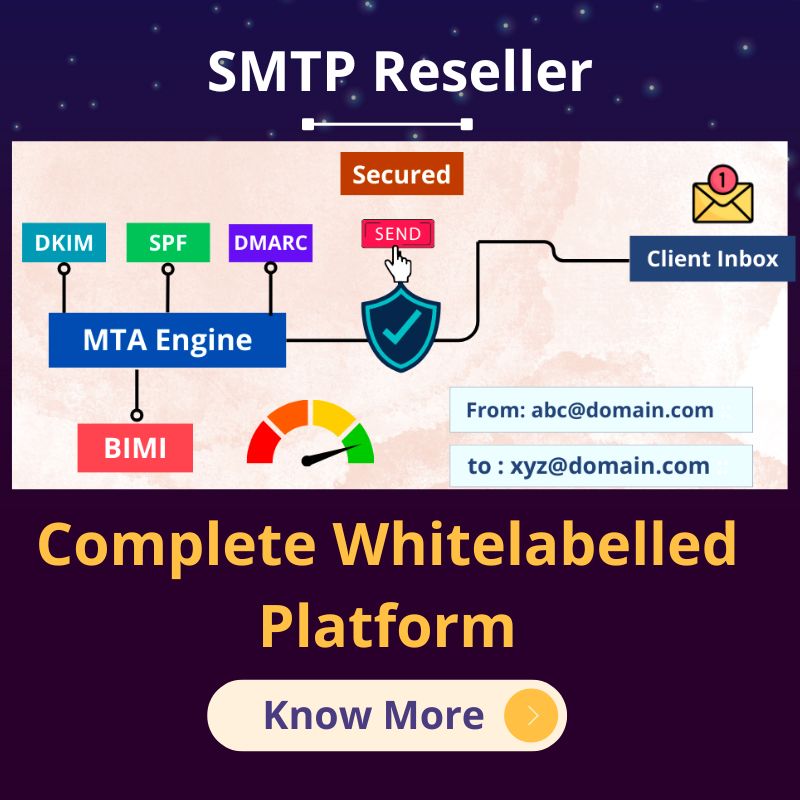Here are the reasons to use SMTP Server or Transactional Email Service from an Email Service Provider
Send More Messages, Faster
Gmail’s limit of 500 emails a day might be the first reason you’d look for another way to send emails. But you might face similar limits with your own email server. Many shared hosting services will limit how many emails you can send per day. So you’ll soon have the same problem you would with Gmail or Exchange.
Even on your own private SMTP Server, sending thousands of emails at once can be a technical challenge you’re not ready for—or simply more trouble than it’s worth. That’s why you’ll find logos of popular companies of all sizes on Transactional Email Service sites. It’s easier and often more efficient to use a Transactional Email Service that solely focused on sending emails well.
If you’re running your own email infrastructure, sending out double or triple your standard number of emails might mean you need a new SMTP Server or significant developer time. With a Transactional Email Service, on the other hand, it’ll at most take a few changes to your integration.
Ensure Your Messages Get Delivered
Even if you’re running your own SMTP Server, and have the infrastructure to send the messages you need, there’s another catch with running your own Email Server: Deliverability. You might technically be able to send emails on your own. But the chances of those emails showing up in your recipients’ inboxes are slim to zero.
Most email apps today strictly scan emails to eliminate spam. One thing they use to weed out spam messages is the IP address that used to send the emails. They check against both blacklists—IP addresses known to send spam—as well as whitelists—IP addresses know to be good in general. When you’re sending emails from a shared SMTP Server, there’s a possibility your IP address is already on those blacklists.
If you have your own IP address, your mail still may get marked as spam if you’re not on a whitelist. If your site not associated with a reputable or identifiable IP address and domain name, most email providers will mark it spam. You’ll also need an SPF or DMIK record, email validation tools that may be difficult to implement on your own but included with most email sending services.
You could test your server first to see if your emails get marked as spam. But your test emails just might come through with the problems only showing up once you’re sending thousands of emails. For everything in between, an email sending service makes the most sense.
Do More With Your Transactional Email Service
Add deliverability to the trouble of running yet another service—one you’re likely inexperienced at managing—and email sending services start looking far better. But there’s also another reason to pick them: the extra features they offer.
Some Transactional Email Service, such as Amazon SES, are bare bones and focused only on sending emails—and priced accordingly. But most others include advanced stats, notifications, filtering and more that let you do far more with your emails. With a bit of coding or just some clicking around in stats dashboards, you can accomplish amazing things.



